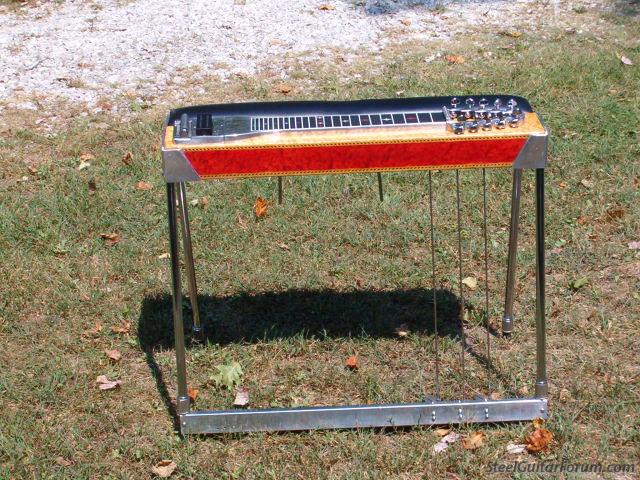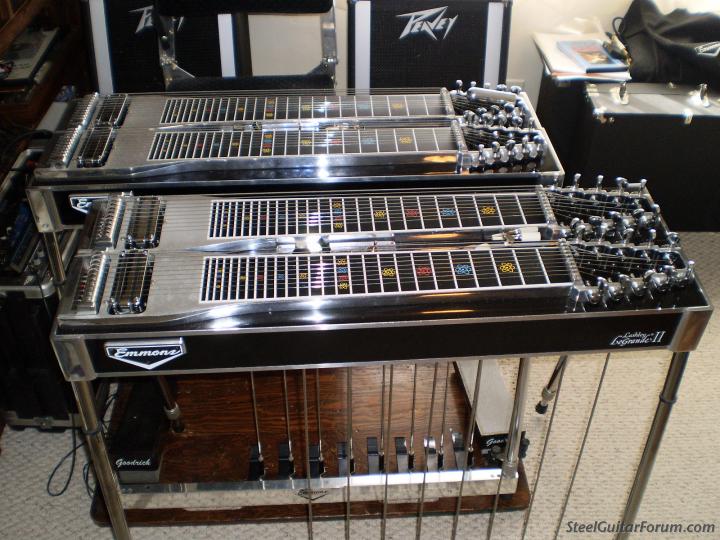I view the accounts of the famous MSA "blindfold tests" as an opportunity lost, as they made the crucial mistake of changing the amp settings between guitars. So there's no way of knowing whether all those test subjects would have been able to distinguish tone between guitars on a level playing field.
I've heard this argument dozens of times, and it still doesn't make any sense to me, simply because we
always use an amp! We're playing a
system, and changing anything in that system can change the sound. So if the amp can make the guitars that don't sound the same sound "indistinguishable", what difference does it really make? You see, when you say that changing the amp could affect the results, you're admitting, in effect, that changing the amp settings changes the guitars sound. If I could change the settings and make a Carter sound like an Anapeg, what would be the point of buying an Anapeg (other than looks and bragging rights)?
To give you some sort of analogy of the effect of the "you can't change the amp settings" premise, I'd use this: We're going to select cars on the basis of which has the most comfortable driving position. Now, they all have adjustable seats and steering wheels,
but you can't change them - you
have to use whatever positions that the wheel and seat are already in when you get in the cars. Now, do you really think that test be of any use?
Re: the formica/wood argument
Actually, it's my own opinion that the reason that mica guitars may sound different is that the
resonating parts (changer, nut and keyhead) are mounted on the hard mica, and not on the (somewhat) resilient wood. I believe that if you took off all the mica except that which was under the changer, nut, and keyhead, there would be no discernable difference in the sound. In other words, it's not what the guitar is covered with, but what the
parts are mounted to that makes the major difference.
I've done experiments along this line, i.e. mounting a thick metal plate on a board, and a same-sized metal plate on a board that had first been laminated with a small piece of formica. Tapping the metal plates with a hammer produced a decidedly different sound, despite the fact that both boards and both metal plates were, as near as possible, identical.
I do believe that different guitars sound different, but I don't believe that anyone can identify a guitar brand by it's sound 100% of the time. There are just too many variables in the equation.
So, enough of this armchair quarterbacking...just pick the guitar you like, and play the darn thing. And, oh yeah, it might be best to keep the "I think your's looks cheap and tacky" remarks to yourself.






